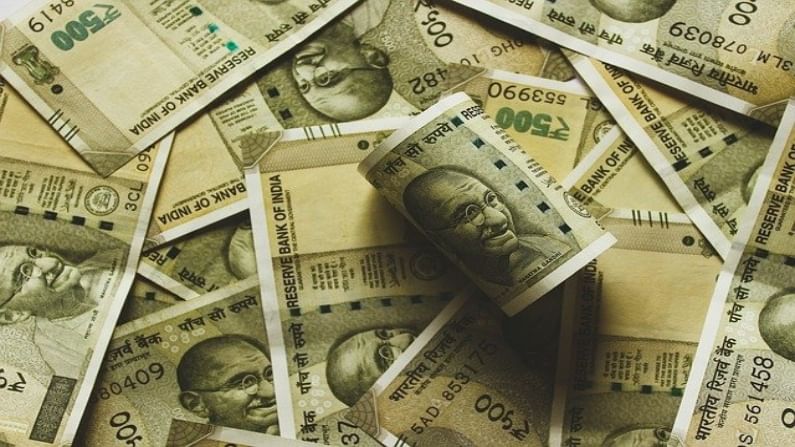Gross NPAs of banks may rise to 9.6-9.7% by March-end: Report
According to ICRA Ratings, gross non-performing assets of banks may worsen further to 9.9-10.2% by March 31, 2022

Mumbai: As the impact of various relief measures, including a moratorium on loan repayment and asset classification standstill wanes off, gross non-performing assets of banks may likely rise to 9.6-9.7% by March 31, 2021, says a report.
According to ICRA Ratings, GNPAs (gross non-performing assets) of banks may worsen further to 9.9-10.2% by March 31, 2022.
The rating agency, in a report, said despite the impact of the COVID-19 pandemic on the debt servicing ability of borrowers, the gross fresh slippages for banks stood much lower at Rs 1.8 lakh crore during the first nine months of fiscal 2020-21 as compared to Rs 3.6 lakh crore during the financial year 2020.
This has been driven by various relief measures such as the moratorium on loan repayment, a standstill on asset classification and liquidity extended to borrowers under Guaranteed emergency credit line (GECL), the agency said.
“As the impact of these interventions wanes off, the asset quality pressures are likely to resurface. We expect the GNPAs (excluding write-offs) to rise to 9.6-9.7% by March 31, 2021, and 9.9-10.2% by March 31, 2022, from 8.6% as on March 31, 2020,” the report said.
As of December 31, 2020, the GNPA and NNPA (net non-performing assets) of the banks stood at 8.3% and 2.7% as of December 31, 2020, as compared to 8.6% and 3% respectively as of March 31, 2020. The agency’s Anil Gupta, sector head (financial sector ratings), said while the headline asset quality and restructuring numbers are encouraging, these don’t reflect the underlying stress on the asset quality of banks.
“The level of loans in overdue categories has increased after upliftment of moratorium and the impact on asset quality will be spread over FY2021 and FY2022 as various interventions and relief measures have prevented a large one-time hit on profitability and capital of banks,” Gupta said.
The report, however, said the net NPA position of the banks is expected to be relatively lower because of significant provisions made by banks on their legacy NPAs.
“While the NNPAs are expected to rise marginally to 3.0-3.1% by March 31, 2021 (2.7% as of December 31, 2020, and 3% as on March 31, 2020), we expect these to decline to 2.3-2.5% by March 31, 2022,” the agency said.
With the decline in NNPAs and improved capital position driven by fresh capital raise during the financial year 2021 as well as internal accruals that were buffered by a sharp decline in bond yields, the solvency position for the banks stands relatively better providing some comfort to their loss absorption abilities, it said.
The public banks raised Rs 12,000 crore and private banks raised Rs 53,600 crore of equity capital from market sources during the financial year 2021.
In addition, GoI also infused Rs 20000 crore (0.3% of RWA) into the public banks as part of its budgeted recapitalisation for financial year 2021.
The report said the recent changes in the valuation of additional tier 1 (AT-1) bonds could reduce the appetite of mutual funds for incremental investments in these bonds.
Gupta said as against the agency’s estimates of tier-I Rs 32,800-43,100 crore of capital requirements, which factor in Rs 23,300 crore of AT-I bonds, where the call option is falling due in the financial year 2022, the government has budgeted equity capital of Rs 20,000 crore for public banks for the financial year 2022.
“In case the AT-I markets remain dislocated in the near term, the government may need to upsize the recapitalisation plan in public banks,” he added.

